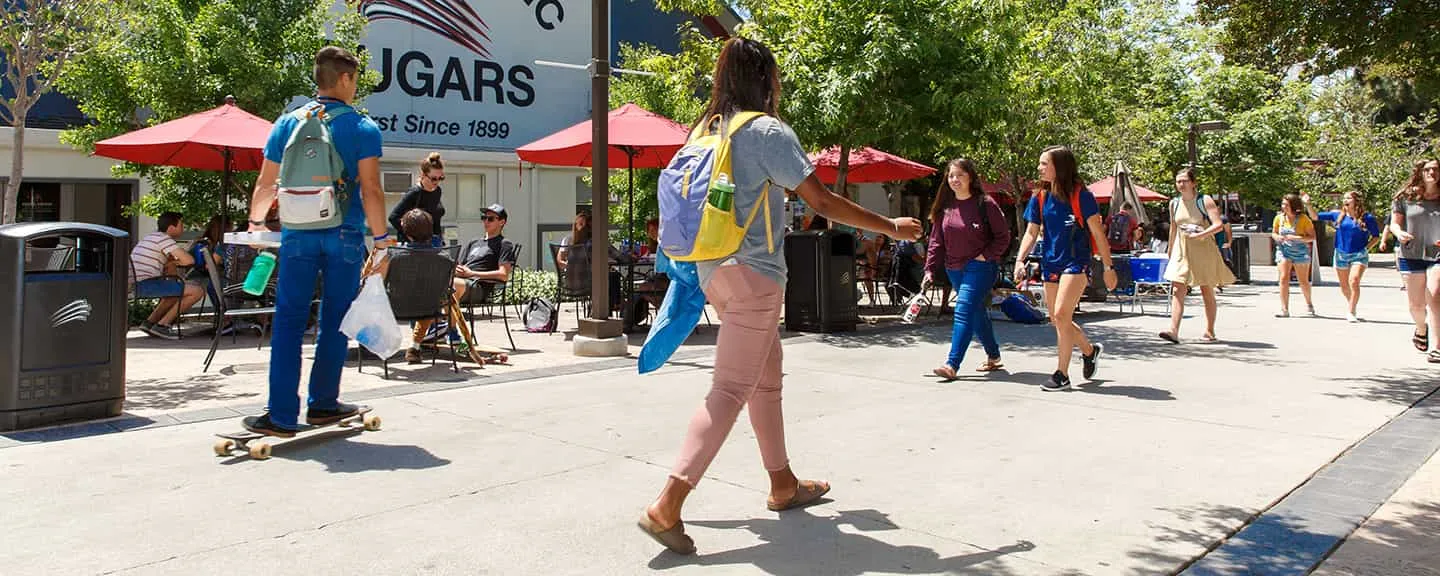- Home
- >
- APU Articles
- >
- News Article
Financial Aid for College for High School Seniors
October 29, 2020 | Written By Ashley Eneriz

Understanding College Financial Aid
Start with the FAFSA
The first task you should conquer, even if you don’t know which college you’re going to attend yet, is filling out the Free Application for Federal Student Aid (FAFSA). Heather Hamm, associate director of undergraduate financial aid at Azusa Pacific University, noted that “completing the FAFSA is the best way for schools to send students a complete financial aid offer.”
The form becomes available on October 1. For California high school students in particular, it’s important to complete the FAFSA by March 2 to be considered for Cal Grants. However, the earlier you submit your FAFSA, the better—since some financial aid for college is given out on a first-come, first-served basis.
How to Expedite the FAFSA Process
You can do a few things before October 1 to make filling out your FAFSA faster and easier. First, you and your parents should both create an FSA ID at studentaid.gov. You should also have your parents’ prior year’s tax information handy as well as a list of schools you might attend. Each school has its own code to enter on the form, which you’ll want to include (APU’s code is 001117).
You can enter up to ten school codes through an online FAFSA form, though you should only choose colleges and universities you’re serious about applying to and attending. You can concentrate on finalizing your school choice later—after the acceptance letters are sent out.
What If You Don’t Qualify for Aid?
Even if you don’t think you’ll qualify for aid, don’t skip filling out the FAFSA. It’s well worth the time, as many factors are considered in the decision-making process.
“There are other factors besides income that are accounted for on the FAFSA, such as household size and members attending college that impact financial aid eligibility,” said Hamm. “At APU, we use this information and send students the best financial aid offer we can.”
Most schools use the FAFSA form for federal loans and work-study programs, so even if you aren’t eligible for free financial aid for college, FAFSA will still connect you to affordable ways to pay for your schooling. At APU, 100 percent of new students receive some form of institutional financial aid.
Reviewing Your Financial Aid Package
After you complete the FAFSA, you will receive financial aid packages from schools. Once you have these in hand, sit down with your parents and review the types of financial aid offered. Don’t just look at your final tuition bill!
To begin, first look at grants and scholarships, which are completely free financial aid for college and won’t need to be repaid. Second, evaluate any loans that are offered to make sure they’re a good fit for you and your family. Loans must be repaid after you’ve graduated (or been away from school for six months).
When weighing your college options, it’s wise to examine the financial aid package offered from each school to see what total charges remain after the grants, scholarships, and loans are taken into account. You should also consider cost differences if you plan to live at home while attending school.
If you’re still concerned about the final cost after reviewing your financial aid offer, know that there are still more options. “There are additional scholarships that students can apply for outside of APU that can usually be stacked with the financial aid that they have already been offered,” Hamm explained. Additionally, federal work-study jobs and on-campus employment can help ease your financial burden.
Getting ready for college is supposed to be an exciting time in your life. If you’re feeling stressed about filling out the FAFSA or navigating your financial aid package, don’t hesitate to reach out for assistance and guidance from your college admissions representative.
Looking for more information about financial aid and scholarships? Contact APU’s Office of Undergraduate Admissions to learn more about financial aid and how it can help you reach your career goals.